A young woman between the ages of 17 and 22, the "Ballymacombs More Woman" suffered a grisly demise, including having her throat slashed and her head chopped off.
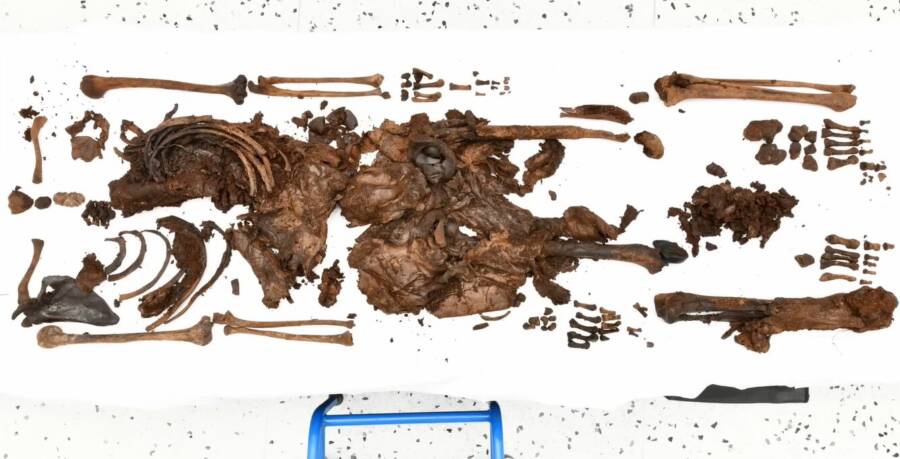
Police Service of Northern IrelandThe full remains of the Bellaghy bog body.
In 2023, workers in Bellaghy, Northern Ireland made the chilling discovery of a set of eerily preserved human remains buried deep in a bog. Now, further analysis has revealed that the body belonged to a young woman between 17 and 22 years old who lived more than 2,000 years ago.
Bog bodies like this one represent a unique archaeological phenomenon found across western and northern Europe. The unique environment of peat bogs — low oxygen, high acidity, and cool temperatures — acts as a natural preservative.
Many of these bog bodies have been male, making this most recent discovery all the more exciting. Experts believe she may have been ritualistically killed as a sacrificial offering, and her neck shows clear signs of cuts while her skull is missing, indicating decapitation.
Now, researchers are in the final phase of examination and preservation, hoping to uncover more about her diet, lifestyle, and brutal death.
Archaeologists Uncover Iron Age Remains In A Northern Irish Bog
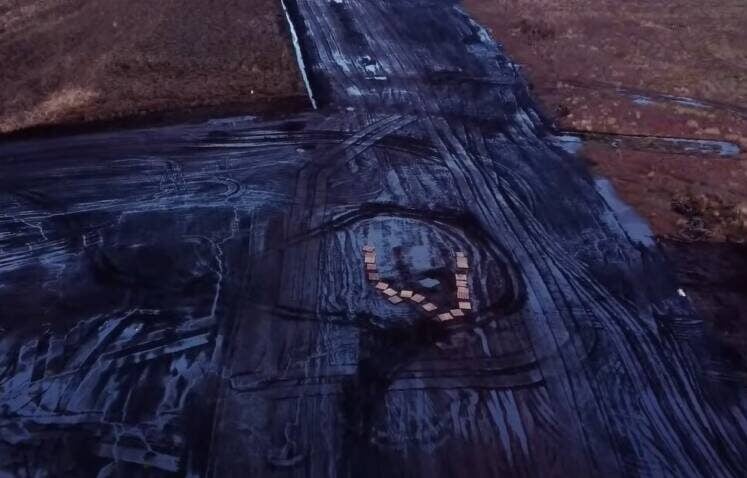
Police Service of Northern IrelandAerial view of the peat bog where the remains were found.
In October 2023, machine workers digging in a bog in Bellaghy, Northern Ireland, discovered human remains. Upon excavation, archaeologists initially believed the remains belonged to a young teenage boy.
Recently, however, a study led by National Museums Northern Ireland and collaborators revealed that the remains were actually those of a 17 to 22-year-old woman who stood 5’6″ tall and lived in the area more than 2,000 years ago.
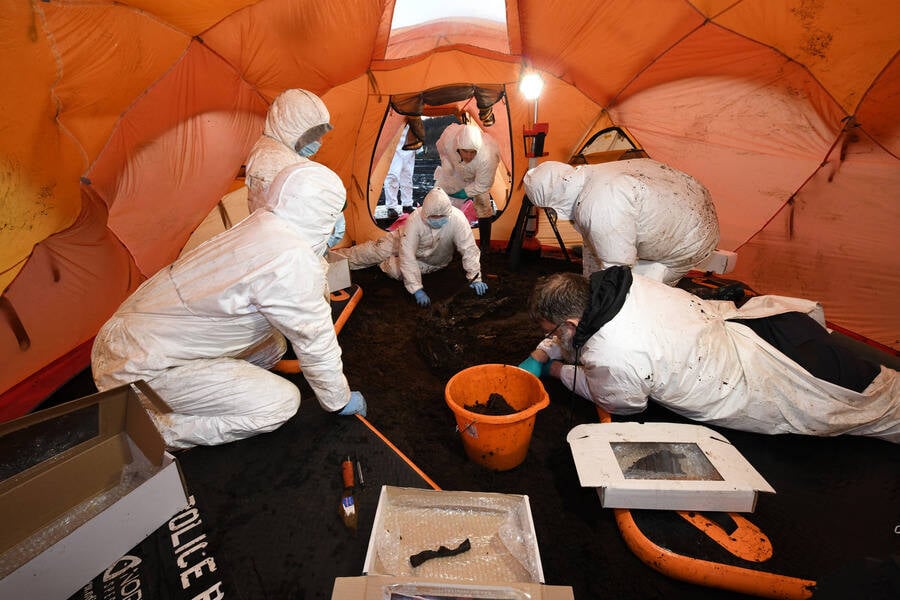
Police Service of Northern IrelandArchaeologists dig out the bog body in 2023.
This discovery marks the one of the few times that ancient female remains have been found in a bog. Typically, bog mummies from the Iron Age are male.
However, this isn’t the only intriguing facet of the find. Researchers believe that the female bog body, now called the “Ballymacombs More Woman,” was a victim of a brutal human sacrifice.
Unraveling The Mystery Of The Bellaghy Bog Body
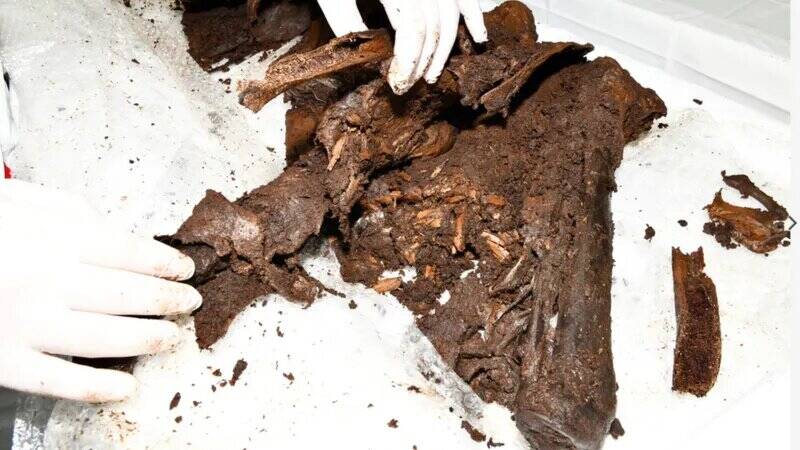
Police Service of Northern IrelandThe Bellaghy bog body remains when they were exhumed from the earth.
Examination of the remains revealed them to be remarkably well-preserved, a common characteristic of bog bodies due to the low-oxygen and highly acidic environment, which create ideal conditions for natural mummification.
Across Europe, more than 1,000 bog bodies from the Bronze Age to the Middle Ages have been uncovered — the majority of which are found in western and northern Europe. Some of the most famous bog bodies, for instance, include the Tollund Man and the Grauballe Man, both found in Denmark.
Like many other bog bodies, the Ballymacombs More Woman held a dark secret. Her neck vertebrae showed evidence of cuts, pointing to decapitation, and her skull has not been found.
“As is the case for so many Iron Age bog bodies, the young woman suffered a highly violent death which involved the flow of blood from her throat followed by decapitation,” Eileen Murphy, Professor of Archaeology at the School of Natural and Built Environment at Queen’s, told the Independent.
But why did the young woman face such a brutal death? It’s possible that she fell victim to human sacrifice, as was common in the Iron Age. Alternatively, she could have been executed as an outcast or an offering to deities for good harvest, fertility, or even victories in battle.
Further Study Regarding The Ballymacombs More Woman
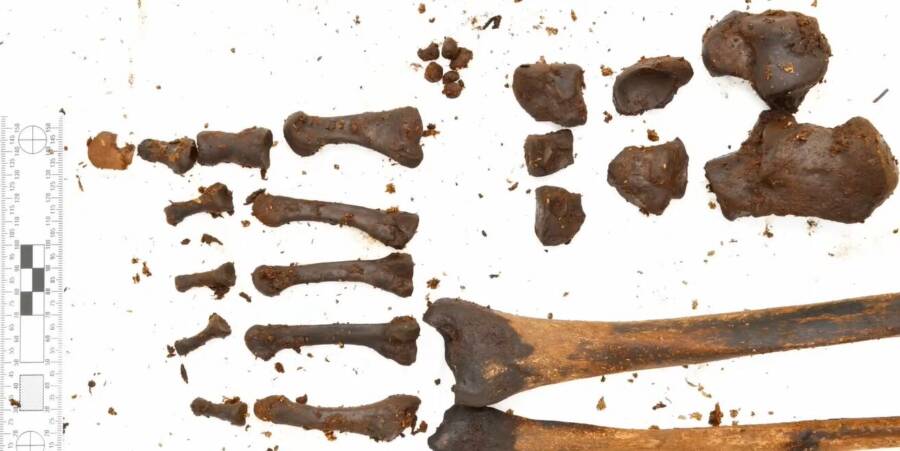
Police Service of Northern IrelandThe bones of the Ballymacombs More Woman.
Currently, examinations are in progress that will hopefully shed more light on the life of the Ballymacombs More Woman. Researchers are already examining her remains for information about her diet and heritage.
“We’ll hopefully find out information potentially about her diet, potentially about her movement,” Niamh Baker, curator of archaeology at National Museums NI (NMNI), told the BBC. “That will be able to determine information about who she was, perhaps what population she was part of.”
The remains are currently undergoing the final rounds of preservation at the State Pathology Laboratory to National Museums Northern Ireland. After preservation is complete, researchers must decide how to share the Ballymacombs More Woman’s story with the public — by displaying her remains or finding less potentially exploitative options.
Hannah Crowdy, Head of Curatorial at National Museums NI, explained to the Independent that this discovery can serve as an informative and inspirational tool for understanding the past and shaping a better future:
“The stories and intrinsic knowledge associated with people from the past may be strange and disturbing to us today but also enlightening, helping us to better understand and reflect upon societal changes over time. As we consider this important archaeological discovery, we should remind ourselves that Ballymacombs More Woman was once a person, just like us.”
After reading about the Bellaghy bog body, dive into nine famous mummies and the stories behind them. Then, read about Ötzi the Iceman, history’s oldest preserved human, discovered in the Swiss Alps in 1991.





